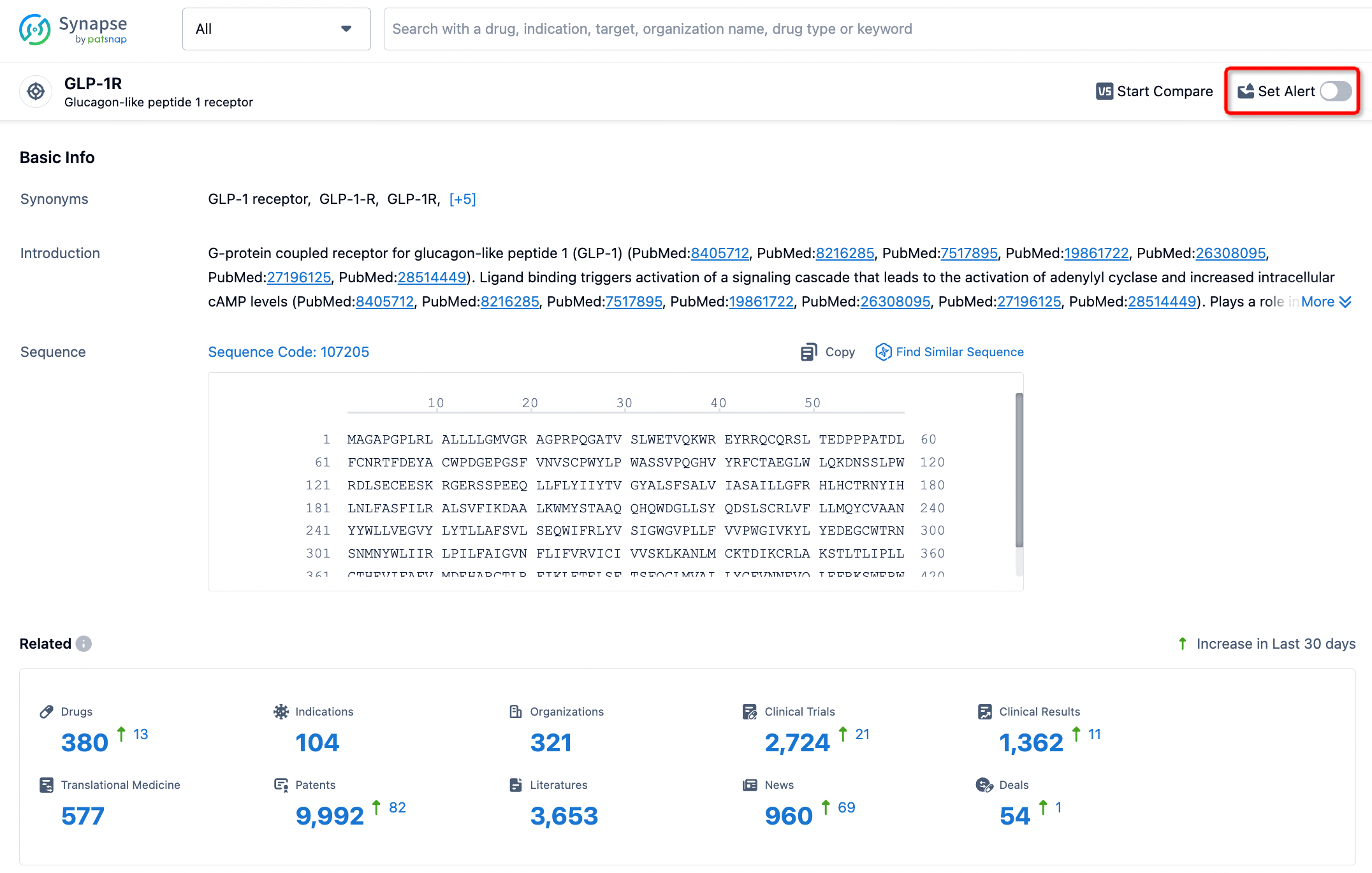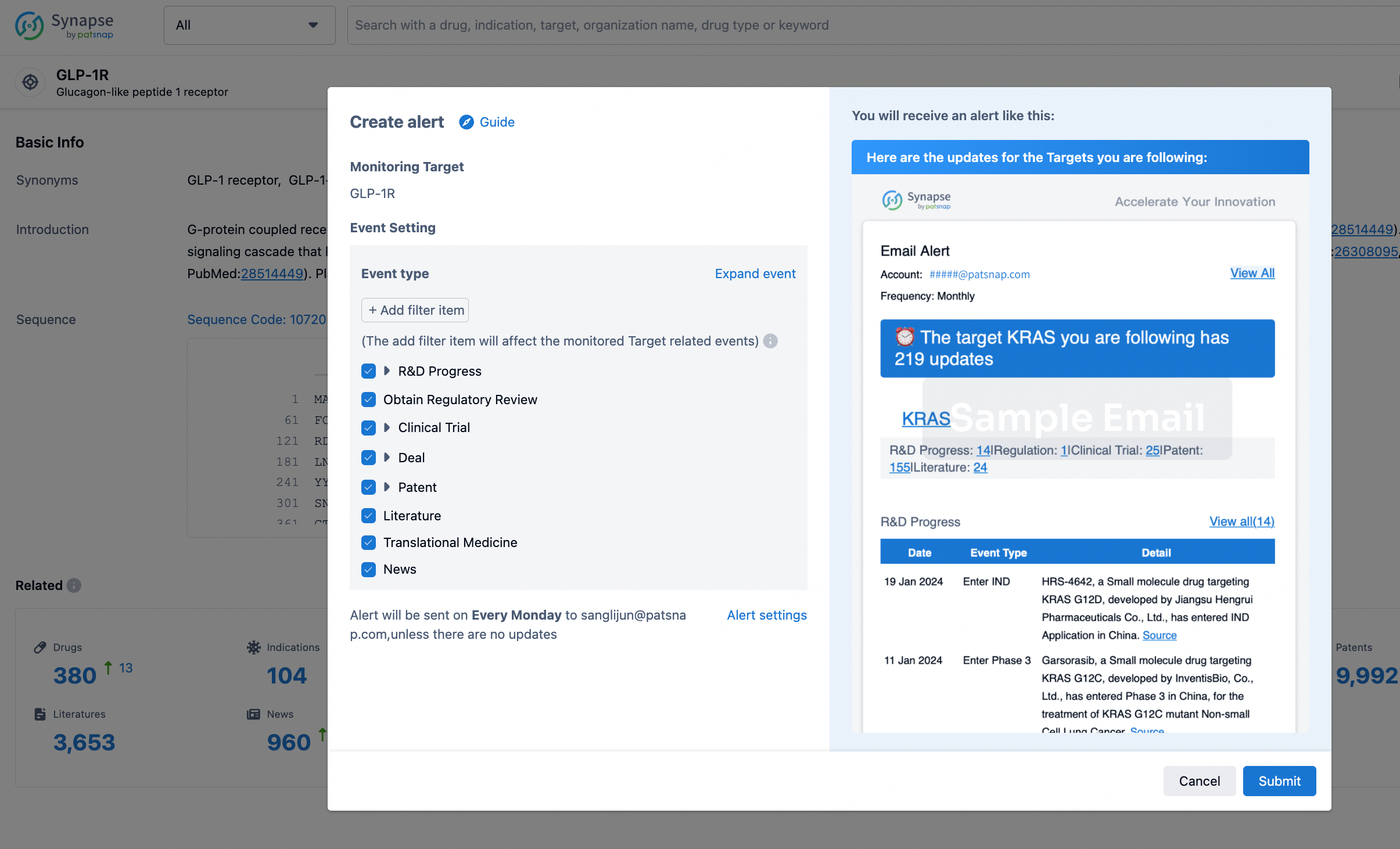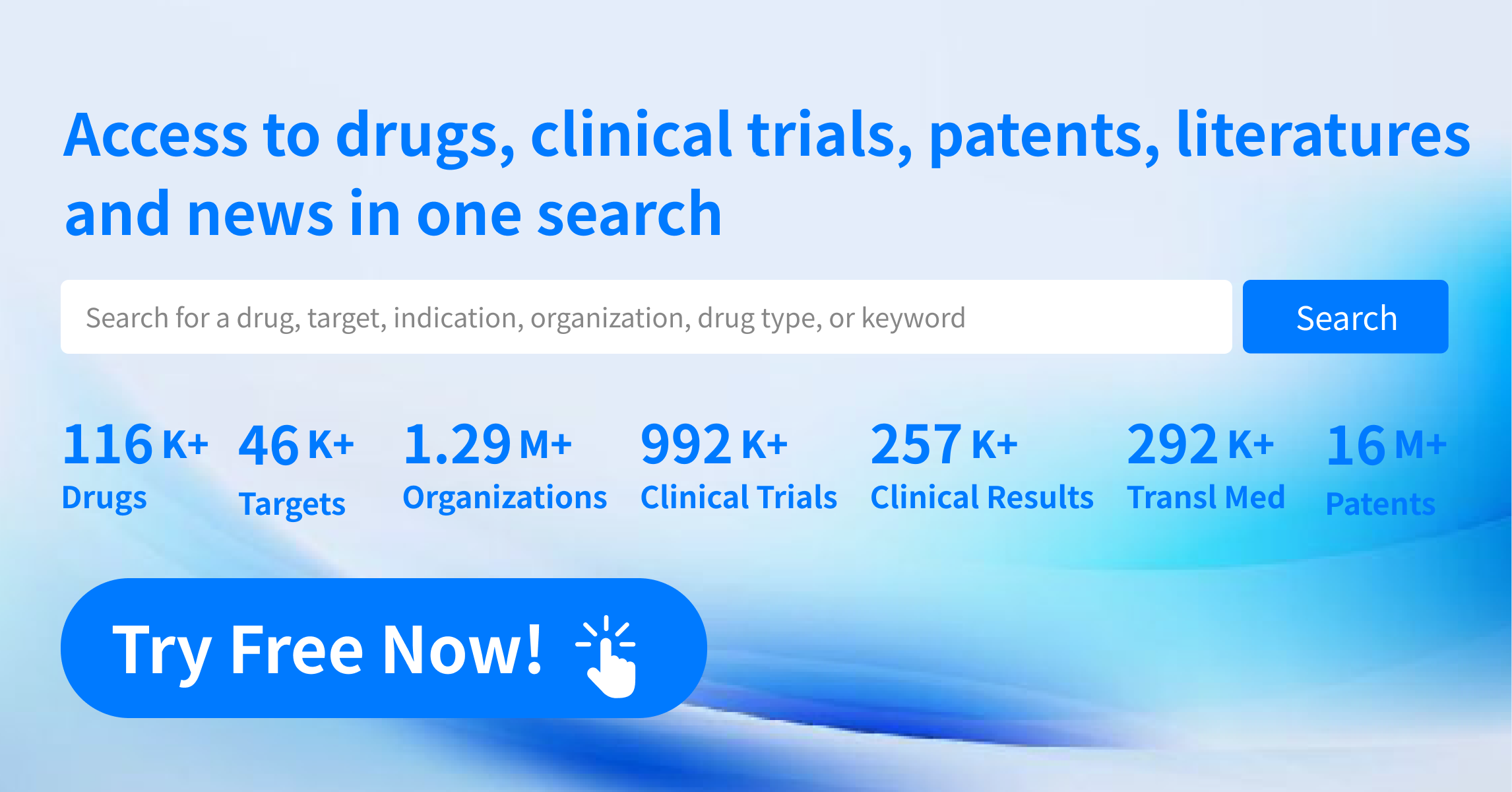Request Demo
What are GABA receptor agonists and how do they work?
21 June 2024
In the realm of neuroscience and pharmacology, GABA receptor agonists are a topic of considerable interest due to their significant role in modulating brain activity. GABA, or gamma-aminobutyric acid, is the primary inhibitory neurotransmitter in the central nervous system. It plays a crucial role in reducing neuronal excitability throughout the nervous system. Understanding GABA receptor agonists involves delving into their mechanisms of action, their therapeutic applications, and their importance in treating various neurological and psychological disorders.
GABA receptors are the proteins that mediate the effects of GABA. These receptors are broadly classified into two types: GABA-A and GABA-B. GABA-A receptors are ionotropic, meaning they form an ion channel pore, while GABA-B receptors are metabotropic, working through G-proteins to influence cellular activity. GABA receptor agonists are compounds that can bind to and activate these receptors, enhancing the inhibitory effects of GABA.
When a GABA receptor agonist binds to GABA-A receptors, it typically causes the opening of chloride ion channels, leading to an influx of chloride ions into the neuron. This influx makes the inside of the neuron more negatively charged compared to the outside, leading to hyperpolarization. Hyperpolarization makes it more difficult for the neuron to reach the threshold needed to fire an action potential, thus dampening neuronal activity and producing a calming effect.
On the other hand, GABA-B receptor agonists work through a different mechanism. These receptors are linked to G-proteins that, when activated by an agonist, can inhibit the production of cyclic AMP (cAMP) and reduce calcium ion influx or increase potassium ion efflux. These actions lead to a decrease in neurotransmitter release and neuronal excitability. The result is a prolonged inhibitory effect, contributing to the regulation of muscle tone and other central nervous system activities.
The therapeutic applications of GABA receptor agonists are vast and varied. One of the primary uses of GABA-A receptor agonists is in the treatment of anxiety disorders. Benzodiazepines, a well-known class of GABA-A receptor agonists, are widely prescribed for their anxiolytic, sedative, and muscle relaxant properties. They can provide rapid relief from acute anxiety episodes, though their potential for dependence and withdrawal issues necessitates careful management.
GABA-A receptor agonists also play a critical role in the management of epilepsy. Drugs like phenobarbital and benzodiazepines such as diazepam are used to control seizures by enhancing the inhibitory effects of GABA, thereby stabilizing neuronal activity and preventing the excessive firing that characterizes seizures.
In addition to anxiety and epilepsy, GABA receptor agonists are used in the treatment of insomnia. Medications like zolpidem and eszopiclone, which act on GABA-A receptors, are prescribed to induce sleep and improve sleep quality. These medications are often preferred over older sedative-hypnotics due to their relatively favorable side effect profiles and lower risk of dependence.
GABA-B receptor agonists also have important therapeutic applications. Baclofen, a GABA-B receptor agonist, is commonly used to treat spasticity, a condition characterized by abnormal muscle tightness due to prolonged muscle contraction. By activating GABA-B receptors, baclofen helps reduce muscle tone and alleviate the associated discomfort.
Moreover, emerging research suggests potential roles for GABA receptor agonists in treating other conditions such as depression, schizophrenia, and chronic pain. The modulation of GABAergic systems offers a promising avenue for developing new treatments that target the underlying neurochemical imbalances in these disorders.
In conclusion, GABA receptor agonists are crucial tools in the pharmacological armamentarium for managing a range of neurological and psychiatric conditions. By enhancing the inhibitory effects of GABA, these agents help restore balance in neuronal activity, providing relief from symptoms and improving the quality of life for many patients. Ongoing research continues to uncover new applications and refine existing therapies, highlighting the enduring importance of GABA receptor agonists in medical science.
GABA receptors are the proteins that mediate the effects of GABA. These receptors are broadly classified into two types: GABA-A and GABA-B. GABA-A receptors are ionotropic, meaning they form an ion channel pore, while GABA-B receptors are metabotropic, working through G-proteins to influence cellular activity. GABA receptor agonists are compounds that can bind to and activate these receptors, enhancing the inhibitory effects of GABA.
When a GABA receptor agonist binds to GABA-A receptors, it typically causes the opening of chloride ion channels, leading to an influx of chloride ions into the neuron. This influx makes the inside of the neuron more negatively charged compared to the outside, leading to hyperpolarization. Hyperpolarization makes it more difficult for the neuron to reach the threshold needed to fire an action potential, thus dampening neuronal activity and producing a calming effect.
On the other hand, GABA-B receptor agonists work through a different mechanism. These receptors are linked to G-proteins that, when activated by an agonist, can inhibit the production of cyclic AMP (cAMP) and reduce calcium ion influx or increase potassium ion efflux. These actions lead to a decrease in neurotransmitter release and neuronal excitability. The result is a prolonged inhibitory effect, contributing to the regulation of muscle tone and other central nervous system activities.
The therapeutic applications of GABA receptor agonists are vast and varied. One of the primary uses of GABA-A receptor agonists is in the treatment of anxiety disorders. Benzodiazepines, a well-known class of GABA-A receptor agonists, are widely prescribed for their anxiolytic, sedative, and muscle relaxant properties. They can provide rapid relief from acute anxiety episodes, though their potential for dependence and withdrawal issues necessitates careful management.
GABA-A receptor agonists also play a critical role in the management of epilepsy. Drugs like phenobarbital and benzodiazepines such as diazepam are used to control seizures by enhancing the inhibitory effects of GABA, thereby stabilizing neuronal activity and preventing the excessive firing that characterizes seizures.
In addition to anxiety and epilepsy, GABA receptor agonists are used in the treatment of insomnia. Medications like zolpidem and eszopiclone, which act on GABA-A receptors, are prescribed to induce sleep and improve sleep quality. These medications are often preferred over older sedative-hypnotics due to their relatively favorable side effect profiles and lower risk of dependence.
GABA-B receptor agonists also have important therapeutic applications. Baclofen, a GABA-B receptor agonist, is commonly used to treat spasticity, a condition characterized by abnormal muscle tightness due to prolonged muscle contraction. By activating GABA-B receptors, baclofen helps reduce muscle tone and alleviate the associated discomfort.
Moreover, emerging research suggests potential roles for GABA receptor agonists in treating other conditions such as depression, schizophrenia, and chronic pain. The modulation of GABAergic systems offers a promising avenue for developing new treatments that target the underlying neurochemical imbalances in these disorders.
In conclusion, GABA receptor agonists are crucial tools in the pharmacological armamentarium for managing a range of neurological and psychiatric conditions. By enhancing the inhibitory effects of GABA, these agents help restore balance in neuronal activity, providing relief from symptoms and improving the quality of life for many patients. Ongoing research continues to uncover new applications and refine existing therapies, highlighting the enduring importance of GABA receptor agonists in medical science.
How to obtain the latest development progress of all targets?
In the Synapse database, you can stay updated on the latest research and development advances of all targets. This service is accessible anytime and anywhere, with updates available daily or weekly. Use the "Set Alert" function to stay informed. Click on the image below to embark on a brand new journey of drug discovery!
AI Agents Built for Biopharma Breakthroughs
Accelerate discovery. Empower decisions. Transform outcomes.
Get started for free today!
Accelerate Strategic R&D decision making with Synapse, PatSnap’s AI-powered Connected Innovation Intelligence Platform Built for Life Sciences Professionals.
Start your data trial now!
Synapse data is also accessible to external entities via APIs or data packages. Empower better decisions with the latest in pharmaceutical intelligence.


